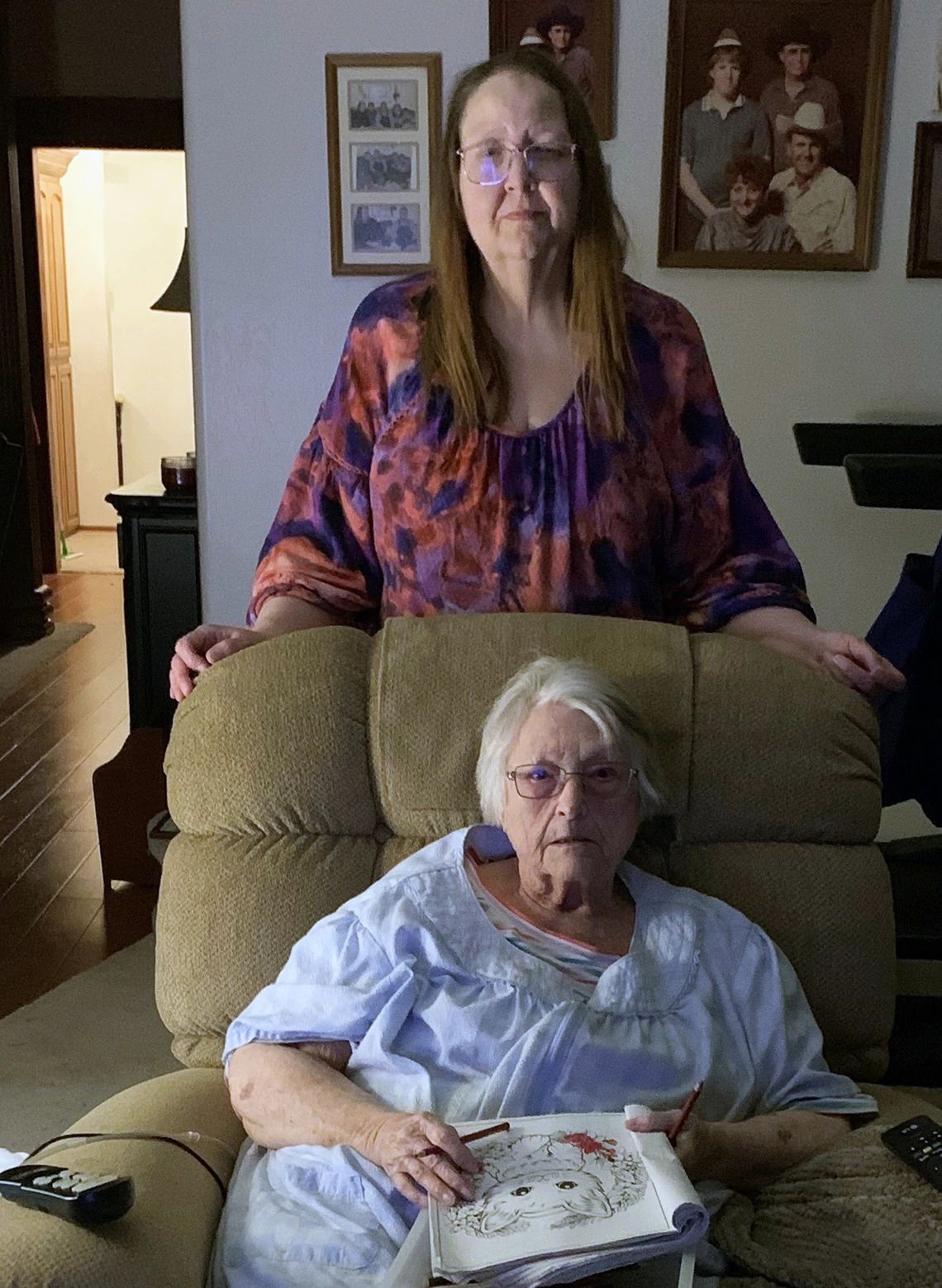AARP Hearing Center


When Sharon Wille Padnos goes to work, she spends most of her day assisting elderly Vermont residents who are losing their sight.
When she returns home, the vision rehabilitation therapist spends much of her evening planning her monthly trip to Wisconsin to visit her 86-year-old mother, Jean Wille, who has been steadily declining in a nursing home since suffering several strokes in 2022.
“It’s getting tougher and tougher because it’s been going on for years,” says Wille Padnos, 59, who lives in Essex Junction, Vermont. “I give, give, give, at work … then I fly to my mom’s and give, give, give for a week. It’s getting harder and harder to balance. I feel like I need to be given to, as well.”
She’s got loads of weary company in the complex world of working adult caregivers, according to a new report jointly released today by AARP and S&P Global: “Working While Caregiving: It’s Complicated.”


Two-thirds (67 percent) of survey respondents reported having at least some difficulty balancing work and life responsibilities. Fully 84 percent of respondents said that caregiving had a moderate or high impact on the stress they feel daily. Even more concerning is that 27 percent of working caregivers said they ultimately had to shift from full-time to part-time work or reduce their hours.
AARP and S&P Global conducted an online survey of 1,200 self-identified caregivers who work full-time or part-time at large U.S. companies (with more than 1,000 employees) and provide at least six hours of care each week to an adult. The survey was conducted from Sept. 19 to Oct. 17, 2023.
The number of working caregivers is eye-popping: 61 percent of the nation’s 48 million family caregivers are also holding down jobs. In other words, besides their regular jobs, they also are being asked to do everything from assisting with medical and nursing tasks to coordinating doctor visits and making grocery store trips. Add to that the many hours required to serve as advocates for their loved ones.
“Family caregivers who work are still having a tough time,” says Bob Stephen, vice president of family caregiving and health programs at AARP. “They can’t choose one or the other.”
But their employers can choose to help them.
The single most important thing for working caregivers is flexibility, according to the report. And for the first time, there seems to be some real improvement in that area. In 2020, some 32 percent of working caregivers said they had some flexibility in their work schedules. By 2023, that number had risen to 45 percent, says Stephen.
“There is real growth — but it’s still under 50 percent of employers,” he says.




































































More From AARP
Why It’s Critical to Have a Backup Family Caregiving Plan
If the primary caregiver dies or becomes incapacitated, who will take care of your loved one?Lisa Ling Explores the ‘Cost of Caregiving’ in a ‘CBS Mornings’ Special
In a 3-part special, she delves into the ‘catastrophic’ caregiving issues impacting America8 Major Health Risks for People 50 and Older
A look at the top killers — and how to dodge them
Recommended for You